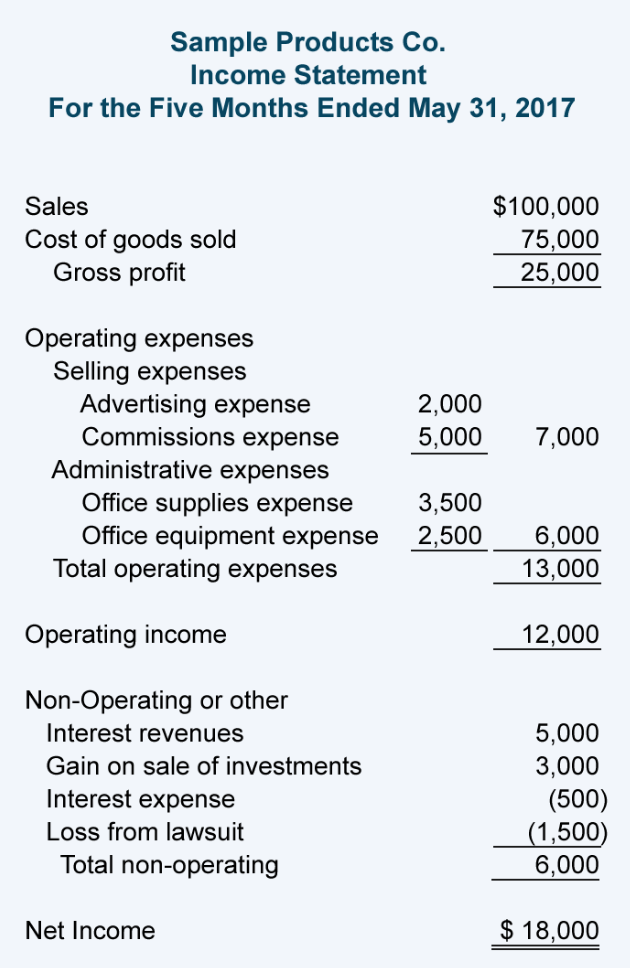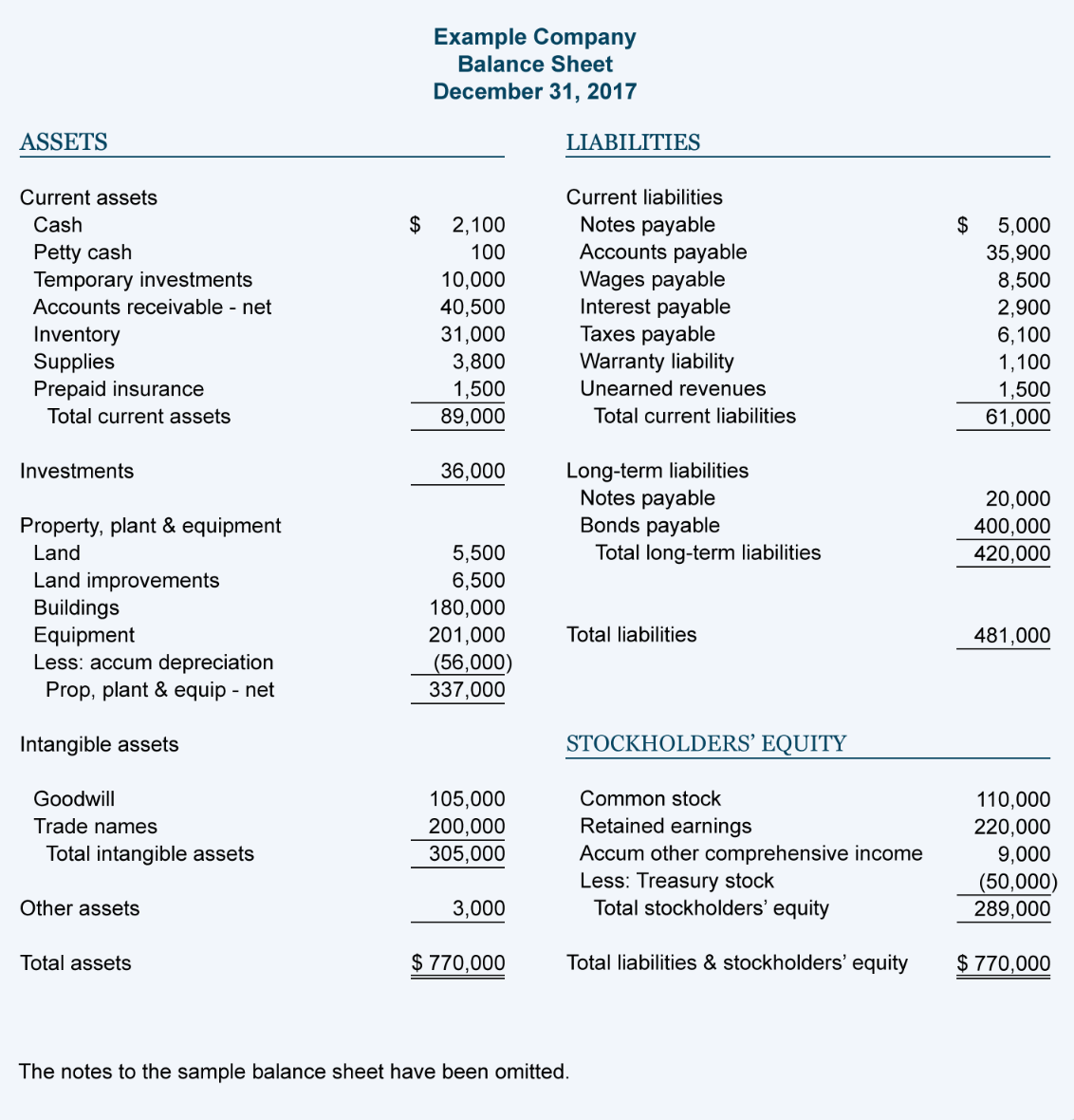Please select the option that best analyzes the RETURN ON EQUITY for our example company. Return on equity tells us how well we have used our owners' investments to provide a return on their investment. Our investors require a return of 5%, so they would accept the return on equity for the year, since it is LESS than their return they accept to earn. Return on equity tells us how well we have used our owners' investments to provide a return on their investment. Our investors require a return of 5%, and they are content as the example company provided a return EQUAL to their expected return. Return on equity tells us how well we have used our owners' investments to provide a return on their investment. Our investors require a return of 5%, so they would accept the return on equity for the year. Return on equity tells us how well we have used our owners' investments to provide a return on their investment. Our investors require a return of 5%, so they would NOT ACCEPT the return on equity for the year. since it it much lower than the required 5% return they expect to earn
Please select the option that best analyzes the RETURN ON EQUITY for our example company. Return on equity tells us how well we have used our owners' investments to provide a return on their investment. Our investors require a return of 5%, so they would accept the return on equity for the year, since it is LESS than their return they accept to earn. Return on equity tells us how well we have used our owners' investments to provide a return on their investment. Our investors require a return of 5%, and they are content as the example company provided a return EQUAL to their expected return. Return on equity tells us how well we have used our owners' investments to provide a return on their investment. Our investors require a return of 5%, so they would accept the return on equity for the year. Return on equity tells us how well we have used our owners' investments to provide a return on their investment. Our investors require a return of 5%, so they would NOT ACCEPT the return on equity for the year. since it it much lower than the required 5% return they expect to earn
Fundamentals Of Financial Management, Concise Edition (mindtap Course List)
10th Edition
ISBN:9781337902571
Author:Eugene F. Brigham, Joel F. Houston
Publisher:Eugene F. Brigham, Joel F. Houston
Chapter3: Financial Statements, Cash Flow, And Taxes
Section: Chapter Questions
Problem 19SP
Related questions
Question
Please select the option that best analyzes the RETURN ON EQUITY for our example company.
Return on equity tells us how well we have used our owners' investments to provide a return on their investment. Our investors require a return of 5%, so they would accept the return on equity for the year, since it is LESS than their return they accept to earn.
Return on equity tells us how well we have used our owners' investments to provide a return on their investment. Our investors require a return of 5%, and they are content as the example company provided a return EQUAL to their expected return.
Return on equity tells us how well we have used our owners' investments to provide a return on their investment. Our investors require a return of 5%, so they would accept the return on equity for the year.
Return on equity tells us how well we have used our owners' investments to provide a return on their investment. Our investors require a return of 5%, so they would NOT ACCEPT the return on equity for the year. since it it much lower than the required 5% return they expect to earn.

Transcribed Image Text:Sample Products Co.
Income Statement
For the Five Months Ended May 31, 2017
Sales
$100,000
Cost of goods sold
Gross profit
75,000
25,000
Operating expenses
Selling expenses
Advertising expense
Commissions expense
Administrative expenses
2,000
5,000
7,000
Office supplies expense
Office equipment expense
Total operating expenses
3,500
2,500
6,000
13,000
Operating income
12,000
Non-Operating or other
Interest revenues
5,000
Gain on sale of investments
3,000
Interest expense
(500)
(1,500)
6,000
Loss from lawsuit
Total non-operating
Net Income
$ 18,000

Transcribed Image Text:Example Company
Balance Sheet
December 31, 2017
ASSETS
LIABILITIES
Current assets
Current liabilities
Notes payable
Accounts payable
Wages payable
Interest payable
Taxes payable
Warranty liability
Unearned revenues
Cash
$
2,100
$
5,000
Petty cash
Temporary investments
100
35,900
10,000
8,500
2,900
Accounts receivable - net
40,500
Inventory
Supplies
Prepaid insurance
Total current assets
31,000
3,800
6,100
1,100
1,500
1,500
89,000
Total current liabilities
61,000
Long-term liabilities
Notes payable
Bonds payable
Total long-term liabilities
Investments
36,000
20,000
Property, plant & equipment
400,000
420,000
Land
5,500
Land improvements
Buildings
Equipment
Less: accum depreciation
Prop, plant & equip - net
6,500
180,000
201,000
(56,000)
337,000
Total liabilities
481,000
Intangible assets
STOCKHOLDERS’ EQUITY
105,000
200,000
305,000
Goodwill
Common stock
110,000
Retained earnings
Accum other comprehensive income
Less: Treasury stock
Total stockholders' equity
Trade names
220,000
9,000
(50,000)
289,000
Total intangible assets
Other assets
3,000
Total assets
$ 770,000
Total liabilities & stockholders' equity
$ 770,000
The notes to the sample balance sheet have been omitted.
Expert Solution
Step 1

Step 2

Step by step
Solved in 3 steps with 3 images

Knowledge Booster
Learn more about
Need a deep-dive on the concept behind this application? Look no further. Learn more about this topic, accounting and related others by exploring similar questions and additional content below.Recommended textbooks for you

Fundamentals Of Financial Management, Concise Edi…
Finance
ISBN:
9781337902571
Author:
Eugene F. Brigham, Joel F. Houston
Publisher:
Cengage Learning

Financial Accounting: The Impact on Decision Make…
Accounting
ISBN:
9781305654174
Author:
Gary A. Porter, Curtis L. Norton
Publisher:
Cengage Learning

Fundamentals Of Financial Management, Concise Edi…
Finance
ISBN:
9781337902571
Author:
Eugene F. Brigham, Joel F. Houston
Publisher:
Cengage Learning

Financial Accounting: The Impact on Decision Make…
Accounting
ISBN:
9781305654174
Author:
Gary A. Porter, Curtis L. Norton
Publisher:
Cengage Learning